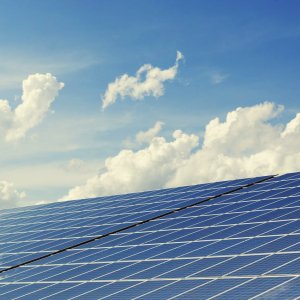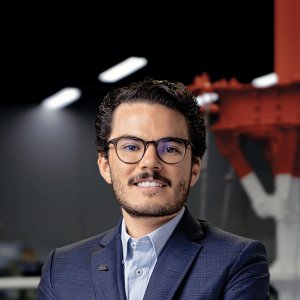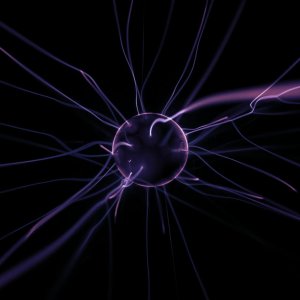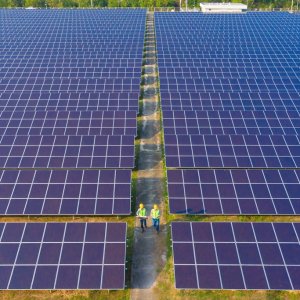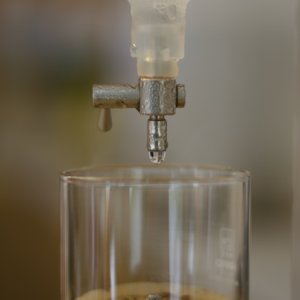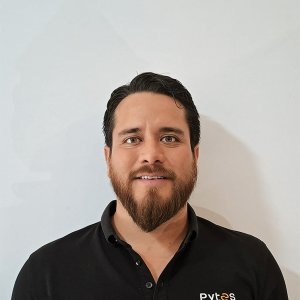
The Innovative Wind Farm of the Future
 By Conal Quinn | Journalist & Industry Analyst -
Fri, 09/09/2022 - 10:20
By Conal Quinn | Journalist & Industry Analyst -
Fri, 09/09/2022 - 10:20
Innovation has long been key to making wind power more competitive. New technologies are improving the efficiency of turbines, reducing the initial investment and operating costs, as wind farms adapt in line with changing economic and environmental landscapes.
However, as Rafael Sánchez, Division Manager, OCA Global noted, there is still room for technological advancement in all areas of wind power, from the initial resource analysis and site assessment to acquiring the best materials to increase the lifespan of equipment. “Competitivity is key to the renewable energy sector,” Sánchez explained. So, how can the technology improve its competitiveness toward the future?
“Together with solar power, wind farms will continue to be a protagonist of the energy transition,” Tonino Parente, Head of O&M Improvement, Enel, said, before listing three trends that are key to wind power´s competitivity: “The first trend is technological. Already, we have seen that by increasing wind turbine rotors to a 200m diameter, we can produce more energy more efficiently, with 40 and 30 percent cost savings recorded between 2010 and 2019 for onshore and offshore operations respectively.” The next trend Parente highlighted is integration, which extends beyond the wind farm. “When we talk about integration, we mean storage. This infrastructure allows us to carry out prognoses and ensure there is enough energy to meet demand even during intermittencies.” Parente explained that Enel wind farms have lithium batteries installed for energy storage.
The energy giant is also collaborating with Swiss company Energyworx to come up with circular economy solutions featuring kinetic storage. “The project consists of taking decommissioned blades that cannot be reused and converting them into 35T material blocks. These are lifted when there is a surplus of energy and descend when additional energy is required,” said Parente, adding that the last trend is sustainability, tying into the circular economy once more. “We need to factor in the impact our plants have on local communities and the environment so that value is created for everyone,” he explained.
Rafaél Valdéz Mingramm, Managing Director Latin America, Envision, noted that the latest designs of wind turbines are increasingly capable of adapting to deployment in different types of environments. This includes everything from utility-scale farms to smaller off-grid units based on distributive generation (DG). “We are seeing more evolution, raising aerogenerator capacity above 10MW, but also facilitating the combination of smaller-scale turbines with solar panels and battery systems on the same site. This is a technology that has shown it does not require any government subsidies to be competitive,” he said. Part of this attractiveness is digitization: “data analytics tools are allowing us to anticipate and take decisions in advance that will optimize the performance of not just one farm but an entire portfolio or system of wind farms.”
Kaspars Litavnieks, Business Development Teams Lead, Aerones, emphasized how the current geopolitical crisis and subsequent market volatility it has released onto energy markets underscore the value of wind power. “The capital of my country, Latvia, is just 700km from where the war is happening. However, the whole world economy has been shaken this year since the war in Ukraine began, with the EU especially subject to an energy crisis. This further underlines the need to build a renewable and independent energy market, and already, we are seeing wind and solar become a force to be reckoned with. In this sense, talk of competitivity is irrelevant, wind and solar are the future and we need to embrace them,” he said.
Operators can add more value to existing projects by optimizing O&M programs “Adding value to existing operations is our bread and butter at Aerones. We work around the world, changing the mindsets and approach of asset managers to invest in preventative maintenance instead of more costly repairs down the line,” noted Litavnieks. He compared the role of an asset manager to that of a doctor: “Preventing illness is always better than having to come up with a cure. That is why we have medical check-ups.” Traditional O&M solutions are reactive in nature, Litavnieks explained, but preventive maintenance ensures operators save money by not losing out on energy production and increasing the lifespan of their units: “We are really trying to change mindsets in wind power because in many ways we already think like this in other aspects of our day-to-day lives. Operators still tend to wait until something breaks down before replacing it, which they would not do with their car.”
Parente offered a similar outlook, describing Enel’s three-point plans for O&M that consist of an initial energy prognosis to predict long-term capacity from a given farm, the deployment of drones to monitor performance and inspect wear-and-tear, as well as constant data collection and monitoring to carry out a complex equipment analysis in a short time.
Valdéz also pointed out that if a repair is required, on-site maintenance and the availability of spare parts through local supply chains are imperative. “If you are relying on a Chinese manufacturer to provide maintenance services to a wind farm in Chile or Argentina, for example, even the most minor fault could have your units out of service for weeks.”
Valdéz described how digital monitoring has become its own line of business for Envision, with companies already using such systems to monitor a collective 200GW worth of wind farm portfolios. “Our monitoring systems allow operators to make real-time decisions, using a series of alarms and alerts to identify faults and keep units online to boost profits and reduce costs,” explained Valdéz. “Monitoring is key to a robust renewable sector where the biggest challenge is intermittency. Our systems do not just detect the symptoms but locate the root cause of faults or inefficiencies. This way, operators can address minor issues before they become a major problem and minimize the time a unit is offline and losing an operator money,” he continued.
Monitoring and the principle of preventive maintenance go hand-in-hand, explained Litavnieks: “The goal with monitoring is ultimately to make an operation as efficient as possible, and produce the most energy from the same resources,” he said. Nevertheless, “the growing size of their turbines and their capacity makes their maintenance the main challenge for its providers.”
Parente explained how Enel has made monitoring a priority, investing extensively in its recently launched multi-technology control room in Mexico City. Here, active wind, solar and hydroelectric power operations are monitored from a centralized platform. “Wind turbines are simple to monitor since they are constructed with automated systems. We also have alerts in place to schedule orders in advance for any parts that will need to be replaced. We developed algorithms to accompany our monitoring systems which analyze 800,000 scenarios in real-time, enabling us to foresee future faults or accidents and intervene before any damage occurs,” Parente said. This allows Enel to recommend hardware improvements and software updates to improve performance efficiency and reduce the costs of older units.
The experts agreed that the LCOE should take priority. “The initial investment in equipment is only about 60 percent of the total CAPEX. For OPEX costs, therefore, the quality of design and component material which increase the use-life of equipment must be factored in as the primary concern to maximize profits long-term,” Valdéz noted. “At the end of the day, there is no bigger cost than a turbine out of service,” he concluded.

